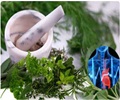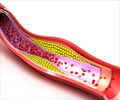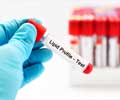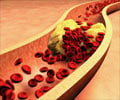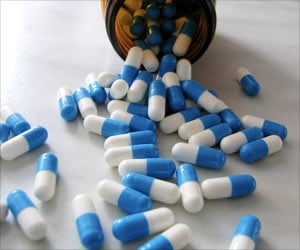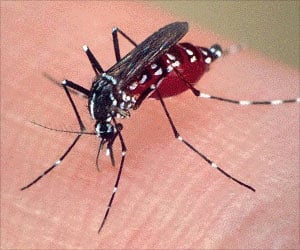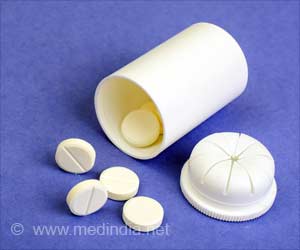DURHAM, N.C. – Deft molecular detective work at Duke University Medical Center suggests that scientists may soon be able to resurrect niacin as one of the best and cheapest ways to
Deft molecular detective work at Duke University Medical Center suggests that scientists may soon be able to resurrect niacin as one of the best and cheapest ways to manage cholesterol.
Niacin, also known as nicotinic acid or vitamin B3, has long been regarded as one of the most effective weapons in managing cholesterol. It can lower levels of triglycerides, fatty acids and to a lesser extent, the "bad" kind of cholesterol (LDL) while at the same time powerfully increasing the "good" kind (HDL). But there's a catch – a big one. Patients don't like to take niacin because in most of them, it causes embarrassing, uncontrollable intense flushing, a rush of blood to the face and other skin surfaces accompanied by a prickling sensation.Now, however, scientists have identified the discrete molecular pathways that are triggered when niacin enters the body, and they say that knowledge may lead to a revival of niacin-based treatments as therapies of choice. Their discovery appears online in the Journal of Clinical Investigation and is scheduled to appear in the journal's May 1 issue.
"This opens up whole new realms for drug discovery," says Robert Walters, M.D., a dermatologist at Duke and the lead author of the study. "Not only could it lead to new niacin-based therapies for cholesterol that patients could actually stick with, but it could also mean new treatments for flushing that comes with some types of allergic reactions, hives and other disorders."
The discovery builds upon a growing body of knowledge at Duke about G protein coupled receptors, molecules that dot cell surfaces throughout the body and manage its response to drugs, hormones, pain, growth factors and many other incoming chemical signals. Robert Lefkowitz, M.D., a Howard Hughes Medical Institute investigator at Duke and the senior author of the study, was the first to identify these receptors and some of the roles they play in health and well-being.
Working together, Lefkowitz and Walters conducted various laboratory and animal experiments to track exactly what happens when niacin enters the body. Earlier, others had found that it first activates a specific G protein coupled receptor known as GP109A. This receptor, in turn, alerts other sets of proteins, including G proteins and a group referred to as beta-arrestins. One particular protein in that group, beta-arrestin1, was found to trigger the chemical reaction that led to flushing.
"Niacin stimulates production of a vasodilator that dramatically increases blood flow to the face, causing the flush and the hot, prickly sensation – and beta-arrestin1 is the culprit that enables that to happen," says Walters. "Interestingly, however, beta-arrestin1 plays no role whatsoever in niacin's ability to lower cholesterol and fatty acids. The G proteins do that."
Advertisement
Lefkowitz says the discovery opens the door to the possibility of developing a "biased ligand," a drug that would trigger GP109A, but not the beta-arrestins. "That might give us a way to keep all the lipid-modifying benefits of niacin, but isolate its downside," he said.
Advertisement
"GPR109A receptors are most often found in fat, the spleen , adrenal glands and lungs – they are absent from the liver and intestines, where most HDL is made and metabolized, so there may well be other mechanisms of action for the beneficial effects of niacin in addition to those performed by GPR109A," says Lefkowitz.
Lefkowitz is a scientific founder of Trevena, a company that is developing G protein coupled receptor-targeted drugs.
Source-Eurekalert
SRM



